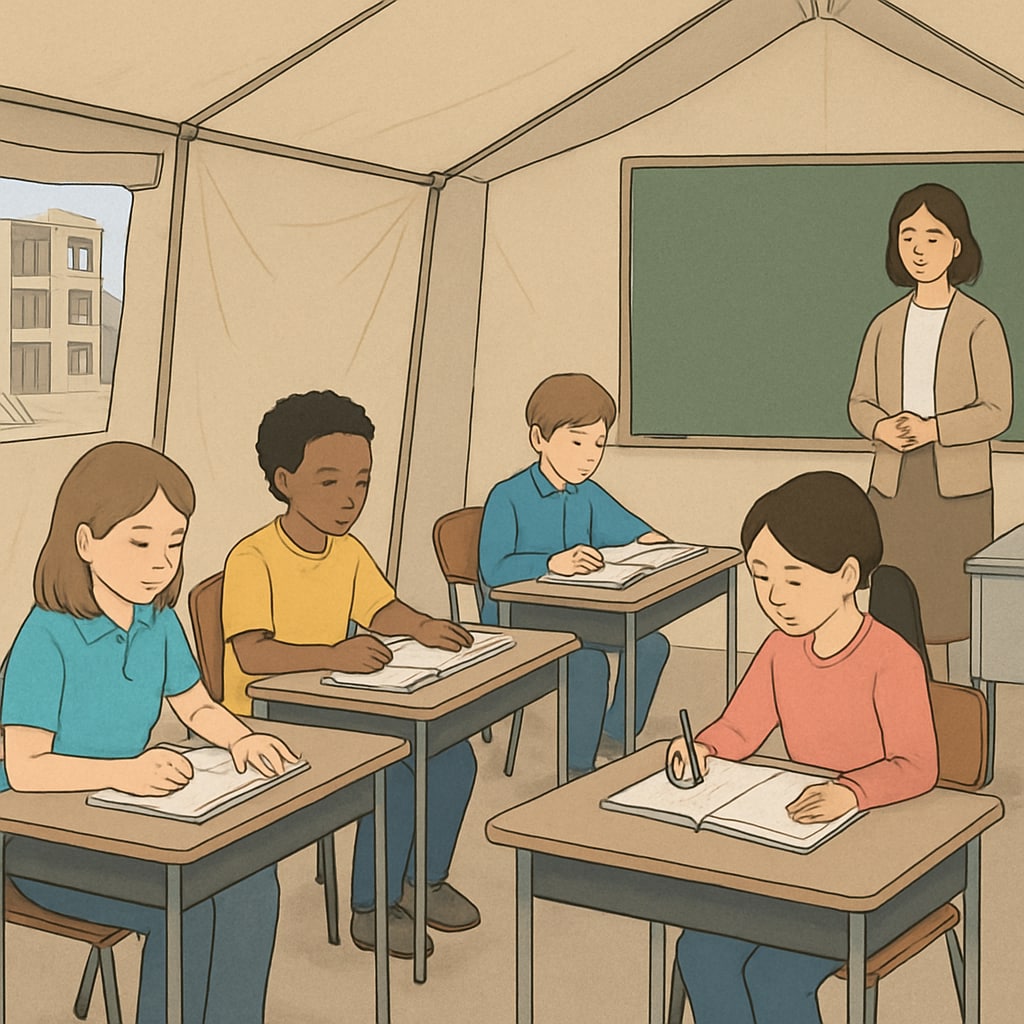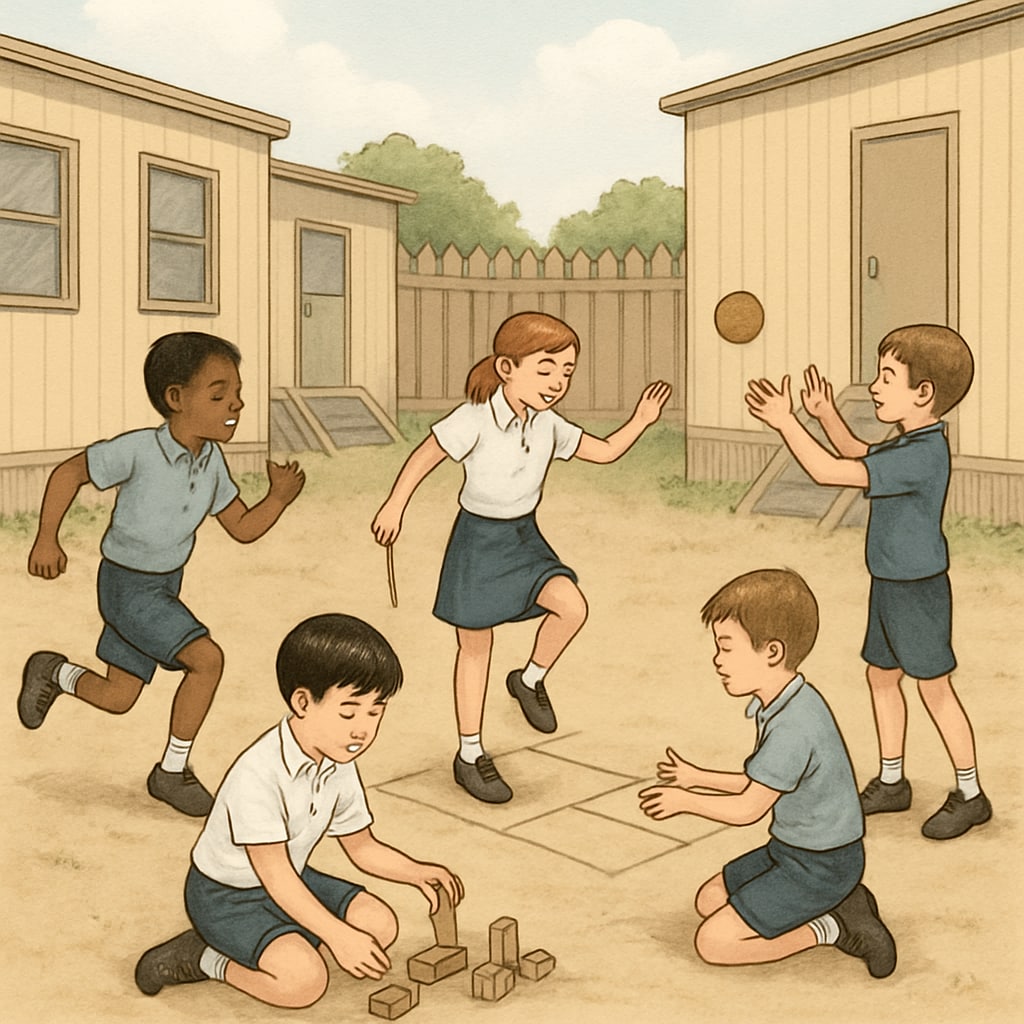Temporary school relocation often disrupts the typical campus environment, raising concerns among parents about how these changes might negatively affect their children’s educational experience. From altered learning spaces to reduced availability of play areas, the impact on elementary students’ development can be significant. Addressing these challenges requires a collaborative approach to ensure a positive transition during this interim period.
How Campus Changes Affect Students’ Daily Routines
One of the most immediate effects of temporary school relocation is the alteration of physical spaces. Classrooms may be smaller or arranged differently, creating a less familiar and potentially uncomfortable learning environment. Furthermore, outdoor play areas might be limited or entirely unavailable, restricting opportunities for physical activity and social interaction among children. These changes can disrupt students’ routines, ultimately affecting their ability to focus and thrive academically.

Loss of Facilities and Resources
Temporary campuses often lack the full range of facilities found in permanent school buildings. Libraries, science labs, and sports equipment may be unavailable, limiting students’ access to essential resources for holistic education. For example, the absence of a library can reduce opportunities for independent reading, which is crucial for developing literacy skills. Similarly, restricted access to sports facilities can impact physical health and teamwork development.

Reduced Parent-Teacher Interaction
Another challenge posed by temporary relocation is the potential decrease in parent-teacher interaction. Distance to the new campus or unfamiliarity with the setup might discourage parents from actively engaging in school activities or attending meetings. This reduced communication can hinder a collaborative approach to addressing students’ needs, leaving parents feeling disconnected from their child’s educational journey.
Despite these challenges, solutions exist to mitigate the impact of temporary relocation. Schools, parents, and communities can work together to create a supportive environment for students during this period.
Collaborative Solutions to Support Students
To ease the transition, schools can prioritize creating welcoming spaces within temporary campuses. Simple measures like adding colorful decorations or ensuring ample lighting can help students feel more comfortable. Additionally, organizing outdoor activities or field trips can compensate for the lack of play areas, ensuring that children remain engaged physically and socially.
Parents, on the other hand, can play a crucial role by maintaining open communication with teachers and school administrators. Regular updates about students’ progress and feedback on campus adjustments can foster a collaborative atmosphere. Communities can also contribute by providing additional resources, such as mobile libraries or temporary sports equipment, to support the school’s efforts.
Readability guidance: Use short paragraphs for clarity, incorporate lists for summarizing solutions, and ensure a balance of active and passive voice for improved readability.


